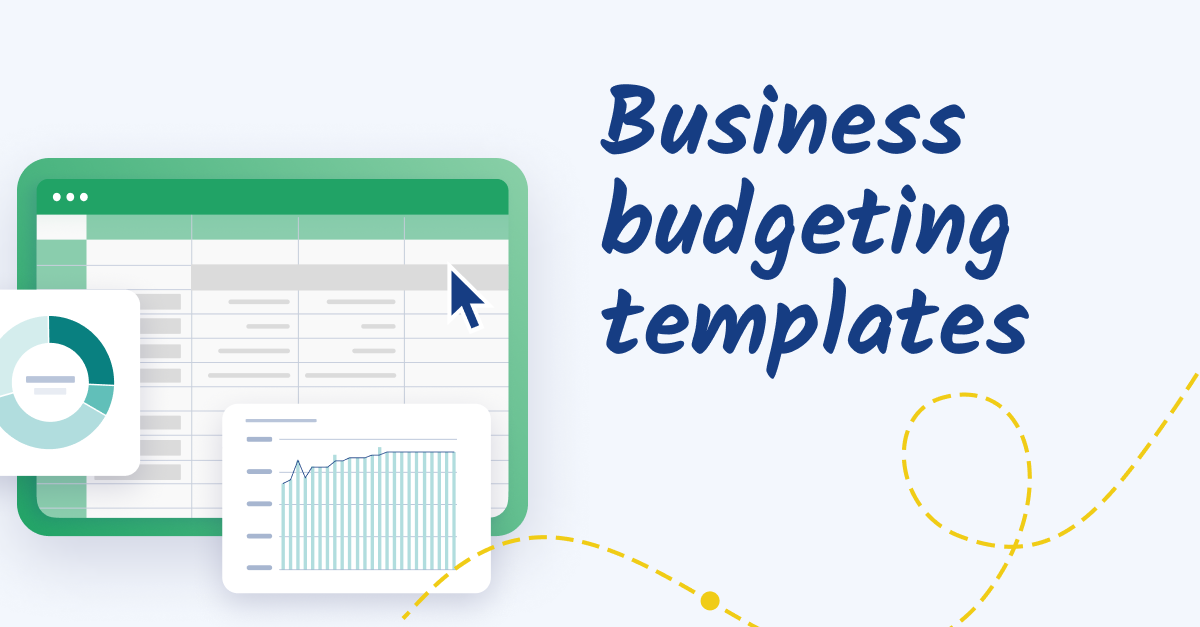In a competitive business climate, speed is king.
Companies can only thrive when they can rely on a fast inflow of cash, which means shortening the time it takes to receive payment for a sale. This is known as “days sales outstanding,” and it’s an important measure of the financial health of your business.
What Is Days Sales Outstanding (DSO)?
Days sales outstanding refers to the time it takes for a business to receive payment for a sale. DSO is one of your most important key performance indicators (KPIs), as it relates to your cash conversion cycle, or your ability to convert your business investments into cash flow.
Businesses should aim for a low DSO score, which indicates that you’re getting paid in a timely manner. A high DSO means delays in your accounts receivable (AR) processes, which can shortchange your cash flow.
How to Calculate Days Sales Outstanding (DSO)
To calculate your DSO, you’ll need to know three factors:
- The number of days in your measured period
- Your average AR balance for the measured period
- Your total credit sales for the measured period
“Credit sales” refer to sales made during the period with the agreement to be paid later.
Once you know these key figures, you can then calculate your DSO using the following formula:
DSO = (average AR balance/credit sales) x (number of days)
For example, imagine that a business has $30,000 in AR on April 1; by May 1, it has an AR balance of $20,000. To calculate the DSO over a one-month period, the average AR balance becomes $25,000.
Now imagine that the same business has $40,000 in credit sales. Here’s how to calculate the DSO for the month of April:
DSO = ($25,000/$40,000) x 30 days = 18.75 days
Note that you can calculate DSO for any period you wish, such as weekly or annually.
Why Is Days Sales Outstanding Important?
Why is DSO important in business? DSO is a good way of measuring cash flow, or how much cash is flowing into your business at any given time.
Businesses need access to that cash to cover overhead expenses like inventory, utilities, and payroll. The sooner your bills are paid, the better equipped you’ll be to recover these costs or reinvest in your business.
Conversely, a high DSO indicates that your clients have a history of late payments, which puts a strain on your cash flow. Your business could be in jeopardy if you don’t account for this. A lack of positive cash flow limits your ability to cover your necessary expenses, and it could likewise prevent your business from thriving and growing.
What Is the Ideal DSO?
Most financial experts would tell you that a good DSO is anything under 45 days, but that number depends heavily on your industry. Retailers, for example, should aim for a DSO within a week, while engineering and construction firms can absorb delays for payments for major projects.
That said, the business credit bureau Dun & Bradstreet reports that some industries are facing major challenges due to late or delinquent payments. The publishing industry, for instance, reports that nearly half (47.7%) of their payments are over 91 days late.
A better rule might be that larger companies can absorb the cost of a protracted AR process, while small to midsize businesses should aim for a low DSO to sustain the cash flow they need to flourish.
Businesses should also compare their DSOs to other businesses in their industry to see how they perform, which may be a better metric than looking at raw DSO numbers alone.
How to Improve DSO
The better your DSO, the better your cash flow. So what can businesses do to lower their DSO?
Payment Deadlines and Penalties
Some companies assess late fees and penalties to clients who fail to pay their invoices on time.
For example, a company might label their invoice “Net 30,” which means the client must pay within 30 days. But the company could also specify a late fee of 10% for invoices paid after this deadline, which may encourage clients to promptly make good on their debts.
A word of caution: make sure you communicate your payment terms ahead of time so the client doesn’t feel ambushed after reviewing the invoice, and confirm that your invoice has clear payment terms and offers convenient payment methods.
Discounts for Early Payments
You can also encourage clients to pay quickly by offering early payment discounts. For instance, you might offer a 10% discount to clients who pay their invoice in less than a week.
Doesn’t this mean you’ll receive less money? Overall, yes. Sometimes, though, having cash in hand is better than waiting for the full amount a month down the line.
Automated AR Systems
“The check’s in the mail.” Even if these words are true, it doesn’t help you get paid any faster. With automated tools, you can send invoices and accept electronic payments to receive money quickly and conveniently, something even your clients will love.
The Data You Need to Thrive
DSO gives you insight into the cash flow of your business. Consequently, taking steps to improve your DSO can help you tap into the working capital you need to thrive and grow.
Check out the other KPIs in our series below:
Gross Profit Margin
Revenue Growth Rate
Current Accounts Receivable
Working Capital
Current Accounts Payable





